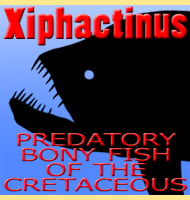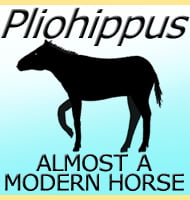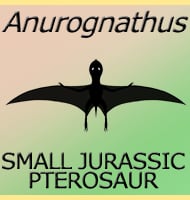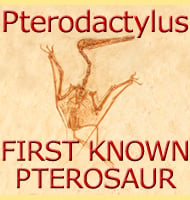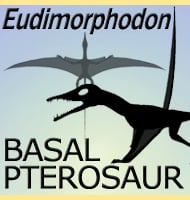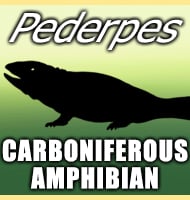In Depth
First discovered in 2013, and named in 2015, Morelladon made headlines towards the end of 2015 as a rare example of a sailbacked dinosaur. Though dubbed a sailback, this sail was likely more like a hump as the neural spines of the vertebrae that supported it were very robust. These are way beyond what would be needed to support a thin skin sail, and so Morelladon probably had a hump that ran down the length of much of the body. This hump was possibly for fat storage that may have allowed Morelladon to survive times of drought, though it may have also served a display purpose, possibly for recognising members of the same species or even attracting a mate.
Morelladon is not the first large ornithopod to have had a hump like sail growing on its back. Another dinosaur called Ouranosaurusis from Africa also known to have had such a feature, while possibly living slightly later in the early Cretaceous. This may help portray a picture of Europe and North Africa having similar ecosystems during the early Cretaceous given that a pattern of similar dinosaurs in both areas is emerging. Aside from hump backed ornithopods, these include similar types of sauropod dinosaurs, stegosaurs to even spinosaurid dinosaurs with genera such as Baryonyx known from Western Europe, to Suchomimus in North Africa.
Further Reading
- A New Sail-Backed Styracosternan (Dinosauria: Ornithopoda) from the Early Cretaceous of Morella, Spain. - PLoS ONE 10 (12): e0144167. - Jos� Miguel Gasulla, Fernando Escaso, Iv�n Narv�ez, Francisco Ortega & Jos� Luis Sanz - 2015.


